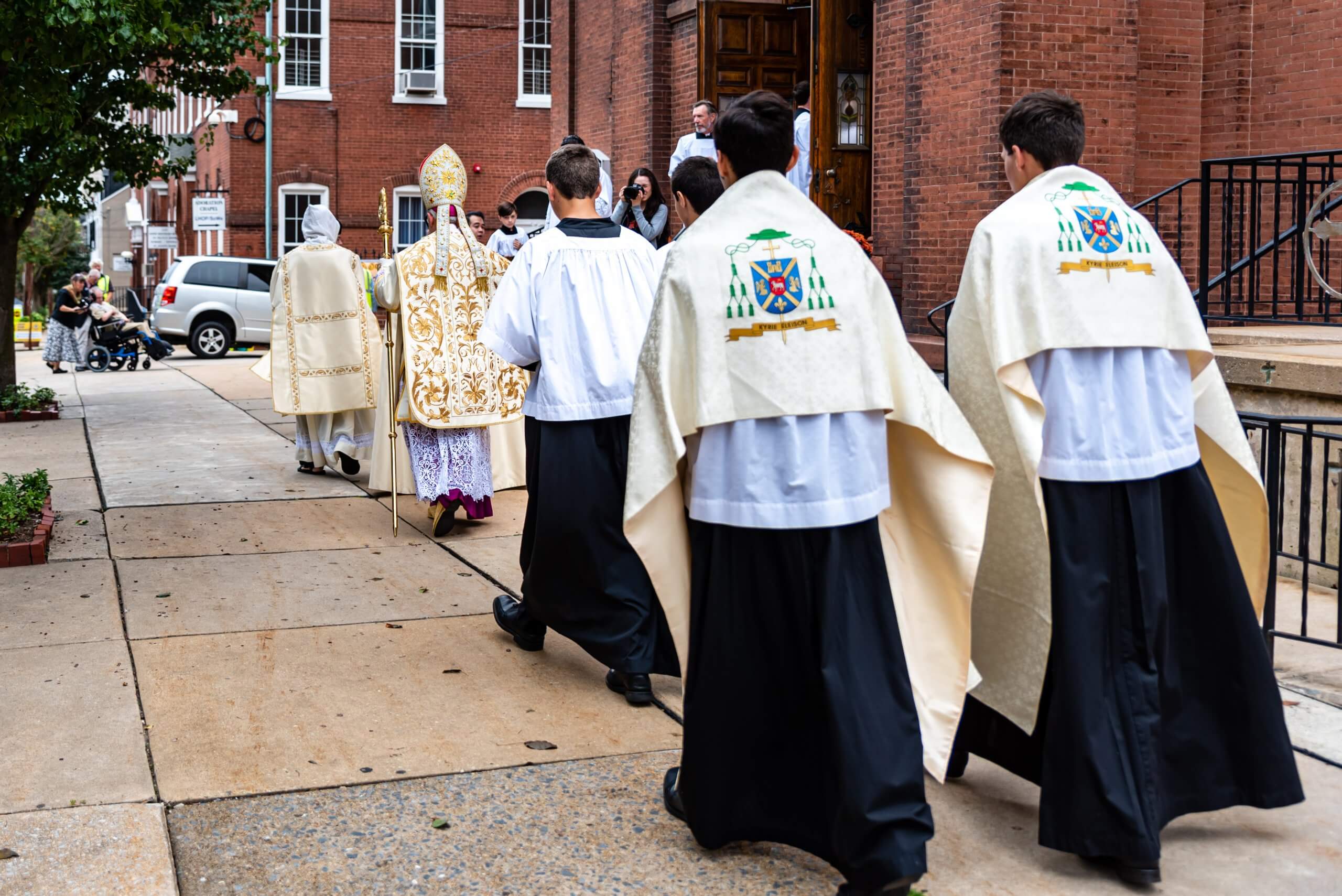Baylor University sociologist Rodney Stark has written numerous books on religion and particularly on the rise of Christianity. One of his interesting discoveries had to do with conversions; he found that a person’s attachment to the cultural aspects of their religion, specifically its unique rites and doctrines, corresponds to the likelihood that they will remain a member of that faith:
Any religion requires an adherent to master a lot of culture: to know the words and actions required by various rituals or worship activities, to be familiar with certain doctrines, stories, music, symbols, and history. Over time, people become increasingly attached to their religious culture. …Expressed as a social scientific concept, one’s religious capital consists of the degree of mastery of and attachment to a particular religious culture.[1]
An example he cites were the diaspora Jews of the first century, who were far more likely to convert to Christianity than those in Palestine. Not surprisingly, evidence shows that Jews living throughout the Roman Empire were less attached to the religious culture of Judaism than those in Jerusalem. Intermarriage with non-Jews was not uncommon, as were Greek and Roman names. They primarily spoke Greek and had collectively lost the knowledge of Hebrew, explaining the need for a Greek translation of the Old Testament, the Septuagint.
Philo of Alexandria, a contemporary of Jesus and a classic example of a diaspora Jew, interpreted Judaism in light of Hellenistic philosophy. He was chosen by the Jews of Alexandria to represent them in an appeal to Emperor Gaius (Caligula) in AD 40. This is how he described the Hebrew God:
The perfectly pure unsullied Mind of the universe, transcending virtue, transcending knowledge, transcending good itself and the beautiful itself.[2]
Professor Stark concludes,
The greater their religious capital, the less likely they are to change. This is supported by a large research literature showing that converts overwhelmingly are recruited from the ranks of those having a very weak commitment to any other religion.
Taking this a logical step further we could draw another conclusion: that if a hostile entity wanted to inflict damage on a religion, the way to do it would be to attack its religious capital. This would leave its followers bereft of those customs that supported their attachment to it and make them more likely to abandon it.[3]
For pre-Vatican II Catholics, religious capital would include things like incense, chant, processions, statues and icons, certain prayers, the Latin language, frequent confession, etc. When the Tridentine Mass was outright banned by Pope Paul VI, the consequences of the loss of these customs was dramatic. Note the results of the following survey of U.S. Catholics published by Georgetown University’s CARA (Center for Applied Research in the Apostolate):
- In 1970, those raised Catholic who no longer self-identify as Catholic totaled 3.5 million, but by 2020 the number grew to 29.5 million.
- In 1970 there were 426,309 Catholic marriages; yet in 2020 there were only 131,827.
- During the same period, the number of religious sisters went from 160,931 to 41,357, a 74% decline.
- The number of infant baptisms went from 1.089 million to 545,710.
Stark looks at data and trends in religion from the perspective of a sociologist. But for Catholics attached to the Traditional Mass, “religious capital” would be more accurately described as a living “spiritual” capital. Father Damian Zablocki, who celebrated the Latin Mass in New Orleans thanks to Pope Benedicts XVI’s Apostolic Letter, Summorum Pontificum, explains why it attracts so many younger Catholics:
Especially young people, I think, have felt starved for true devotion and true traditions of the church which have been practiced for 2,021 years in various places. To see the secularism in the world is very difficult and in the Latin Mass they find tradition, they find something to emotionally, physically and spiritually cling to, to make heaven visible.
The error of Pope Francis’ Traditiones Custodes in re-suppressing the Tridentine Mass is that it will doubtless have similar consequences on the Church as that of Paul VI’s edict, extending the loss of the essential religious capital that sustained the Church for millennia. Again, Father Zabrocki:
People long very much for the reverence, they long very much for the beauty, they long very much for the tradition. Not because it’s some dead ritual, but because it’s something that’s actually living, and they see it.
The Holy Father’s recent comments seemingly against the barefoot mother pilgrims’ pleas do not understand this, and end up marginalizing faithful Catholics.
[1] Rodney Stark, The Triumph of Christianity: How the Jesus Movement Became the World’s Largest Religion (New York: HarperCollins, 2011), 73.
[2] Ibid.
[3] Ibid., 74.


